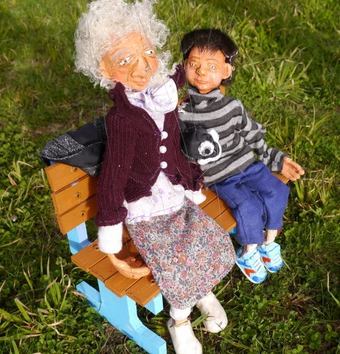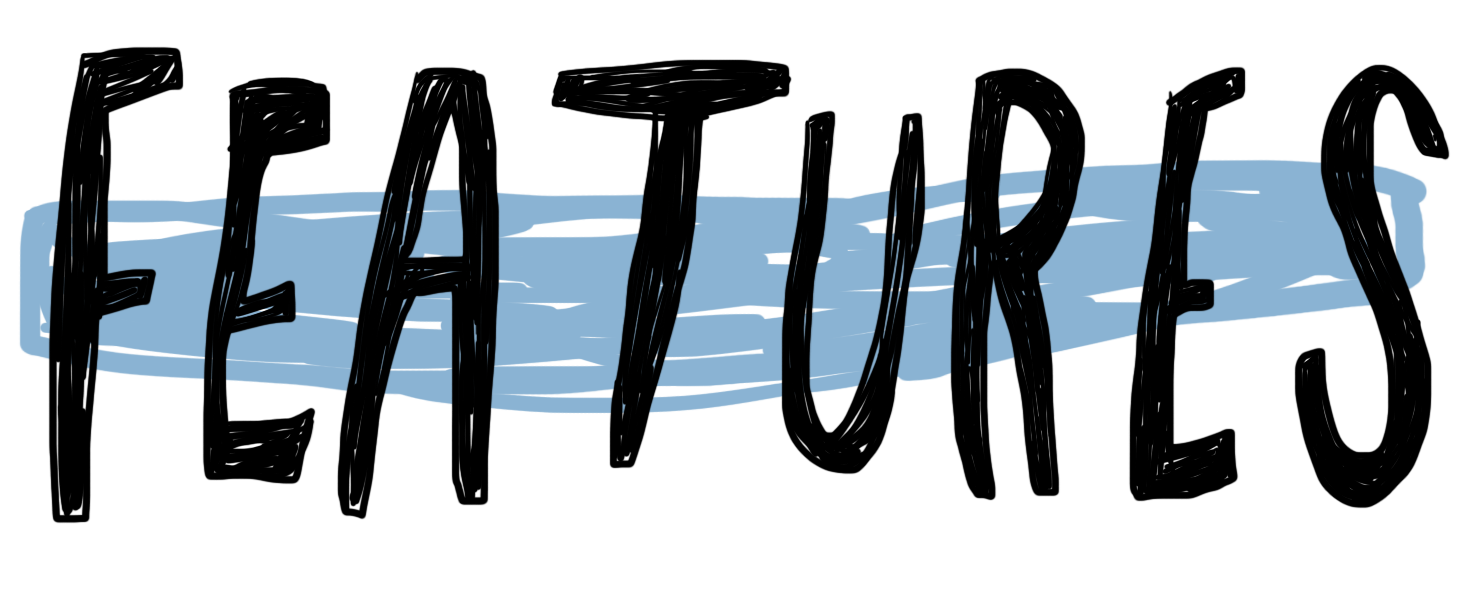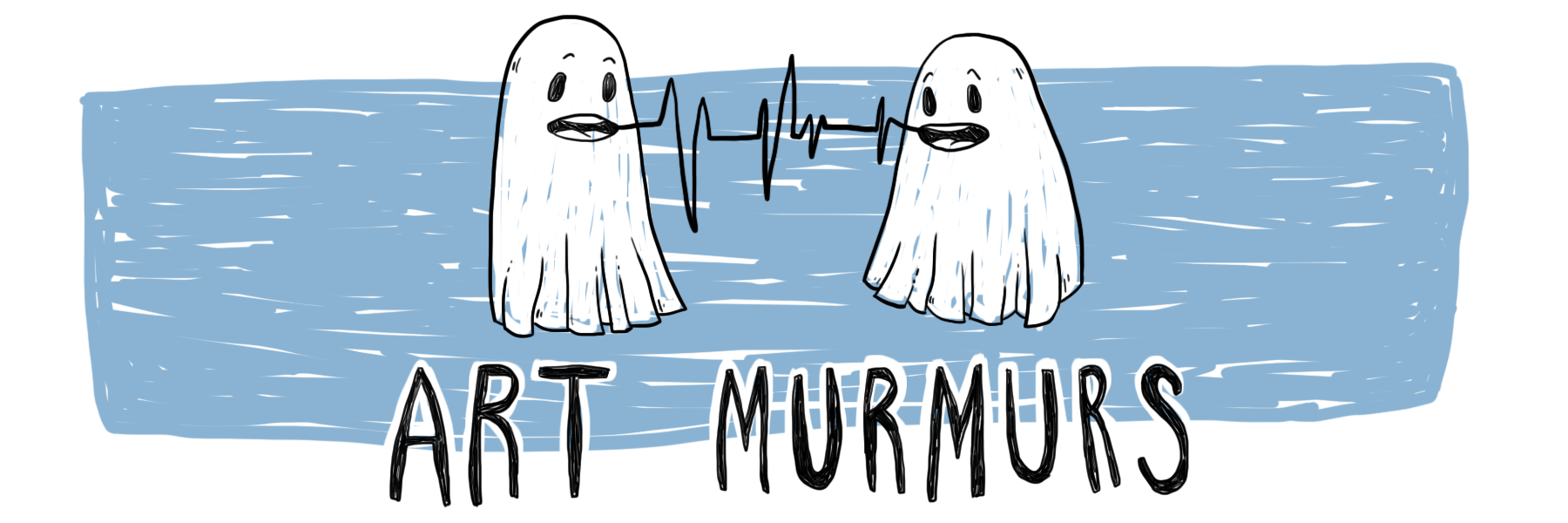Courtney Rose Brown

Nan and Tuna is set at a park alongside the river. We see the depth of the river as a fish bowl is incorporated to the rectangular shape of the staging, where Tuna does some spectacular tricks, at times splashing members of the audience with water, who erupt in giggles. Tuna speaks in Te Reo Maori, tying Nan and Tuna to roots of New Zealand history, as the longfin eel is an endangered New Zealand species. Sam, her grandson, meets Tuna and the underlying question becomes apparent, who will look after the river when Nan is gone?
Bailey uses a range of different types of puppets: string, cloth, water (Tuna and those that swim with him) and shadow puppetry. The shadow puppetry is beautiful, the incorporation of water giving the journey a magical quality. The different styles of puppets, does make it a little fiddly for a thirty minute show. Despite this, Bailey manipulates them with skill. An enchanting moment is when Tuna and Nana swim out through the audience and I believe I saw a few wet eyes.
I thoroughly enjoyed Nan and Tuna, and would absolutely recommend it to audiences of all ages. It is an important story that raises awareness of the care the environment requires, whilst also showing the importance of friendship. Bailey, after her performance, then shows the audience how each puppet works, giving each member of the audience a chance to play with the puppets. I loved how she bookended the show, with bonus rounds of information, not only entertaining but providing an approachable realm of learning.





